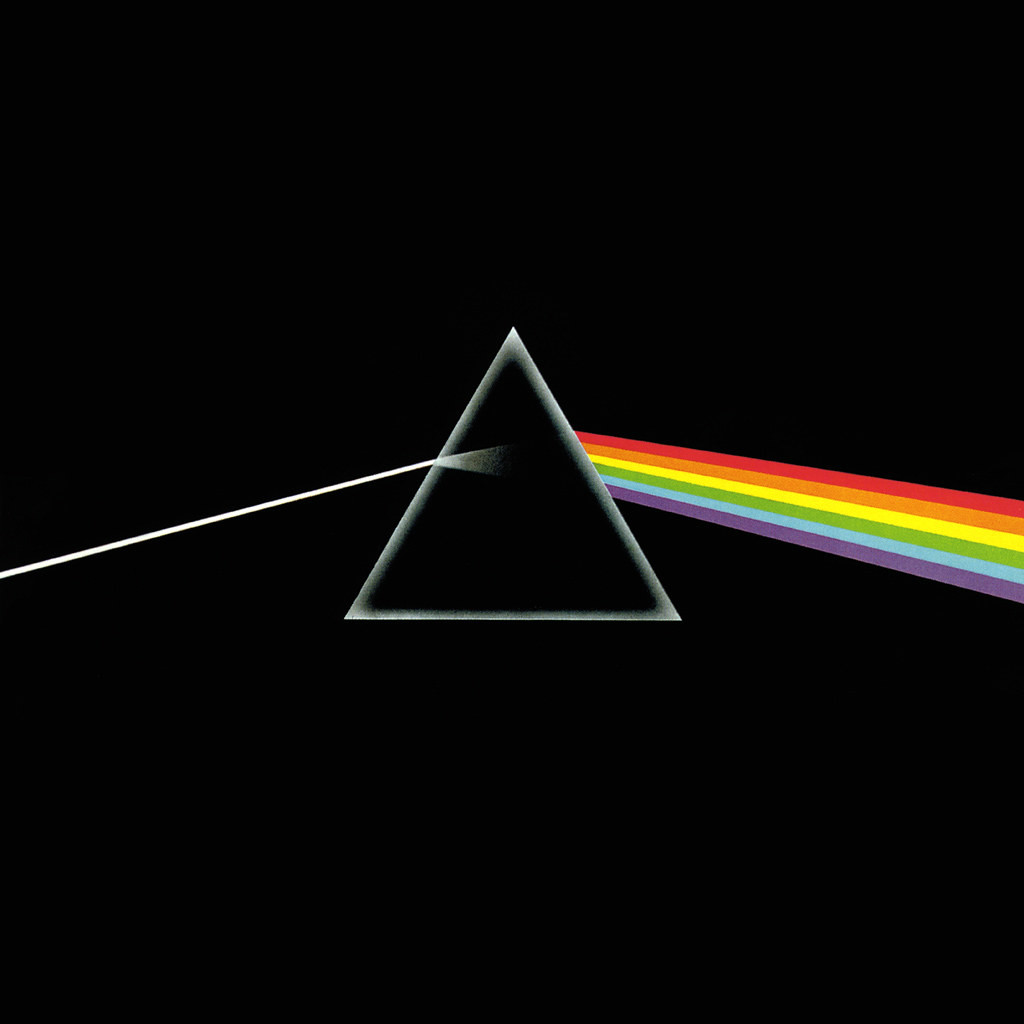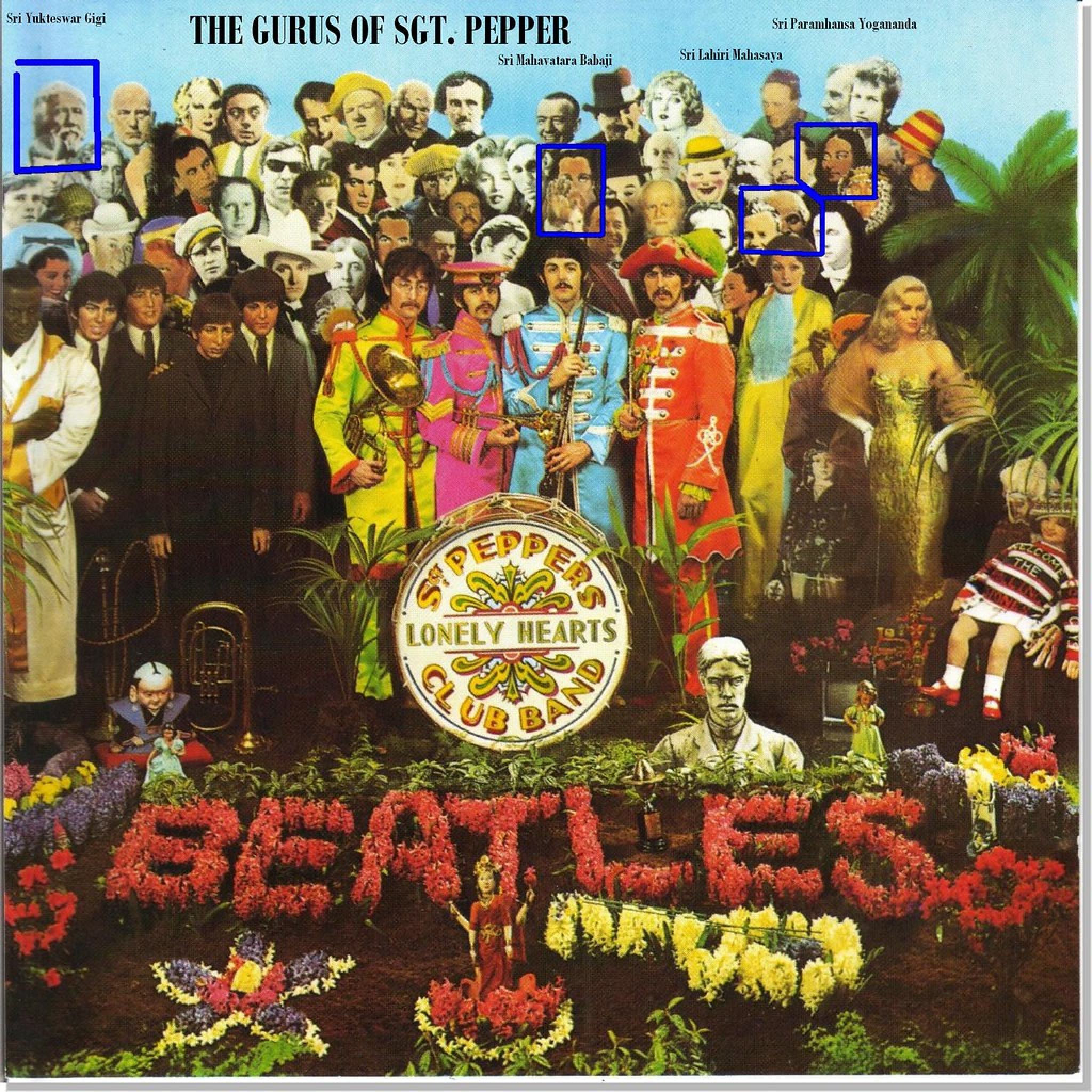The creation of an album cover — a collaborative effort between the music label and artists — can be designed with various goals in mind. Musical artists choose or design their album covers based largely on visual appeal or convenience, often focusing on what looks good or fits the overall style of the release. Conversely, the artistic front of an album can send a powerful message and set the tone for the music.
While album cover art can be entirely subjective, when chosen with purpose, it can be symbolic and appealing to the eye, or occasionally fall flat if not well considered.
A great example of art with a purpose is Pink Floyd’s album “The Dark Side of the Moon.” Its cover art is a background of black with a white prism in the middle, with a light beam being refracted through the prism and a rainbow on the other side. This cover signifies light within darkness, it is the perfect introduction to an album which deals with conflict and humanity. “I just really love album covers that really seem to understand what the album is about,” Berkeley High School junior Eva Dickinson said on “The Dark Side of the Moon” cover. “Albums that are able to enforce the themes and the vibes of the music that this artist is creating,” she said.
Another iconic and extremely culturally significant album cover is The Beatles’s “Sgt. Pepper’s Lonely Hearts Club Band” cover. The befuddling mix of colors, people, objects, and meanings is 11th on Billboard’s list of best album covers of all time as of 2023. Portrayed on the cover are not only The Beatles members themselves, but also 54 other famous historic figures. For over 50 years, fans have theorized over the bizarre cover, invoking a strong interest with the album that has lasted years. “I like album covers that you could look at and definitely make a million analyses,” BHS senior Julian Martinez said.

While intricate and symbolic album covers can be very interesting and impactful, sometimes simplicity can be just as evocative. For instance, Metallica’s 1991 album titled “The Black Album,” has a bleak and simple cover. Besides the faint image of a snake and the Metallica logo, the cover is almost entirely black. Up to this point, Metallica had been known for its more aggressive and metal rock music style, but this album marked a change. “The Black Album” was noticeably more stripped down, and simple than their music of the last eight years. Not only was the simplicity of the album cover a great representation of the tone of the music, but it helped to create a stark contrast to the band’s past. The sheer minimalism of said cover created intrigue with the public and an iconic image that continues to be recognizable.
Unfortunately, not all album covers are masterpieces, nor received positively by the public. In the past, album covers which have been deemed “bad,” are ones that could be considered politically controversial or even disturbing. For instance, Kanye West’s “My Beautiful Dark Twisted Fantasy” was considered quite explicit and has even been censored in many areas.
For many modern mainstream artists, album covers are often less allegorical and can be considered boring or unoriginal. For artists like Taylor Swift or Olivia Rodrigo, album covers are often just depictions of their faces; a technique likely used for marketing and promotion. It’s incredibly useful for an album cover to be recognizable and representative of whose music it is, avoiding any messaging that may be controversial or alienate listeners. While this may be an advertising technique, it does often result in a less detailed album cover.
Overall, a good album cover is one that makes the listener think, while also connecting to the theme and overall subject matter of the songs; often using imagery and symbolism. At the end of the day, album cover art is subjective. It can be used for a multitude of purposes, and is a crucial visual component to an auditory art form.





